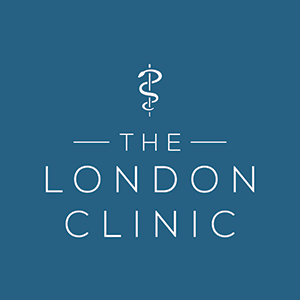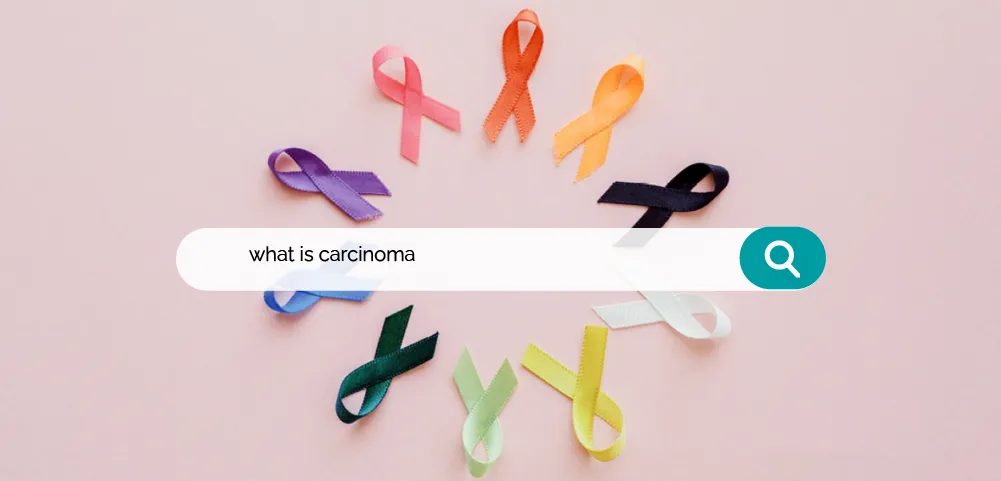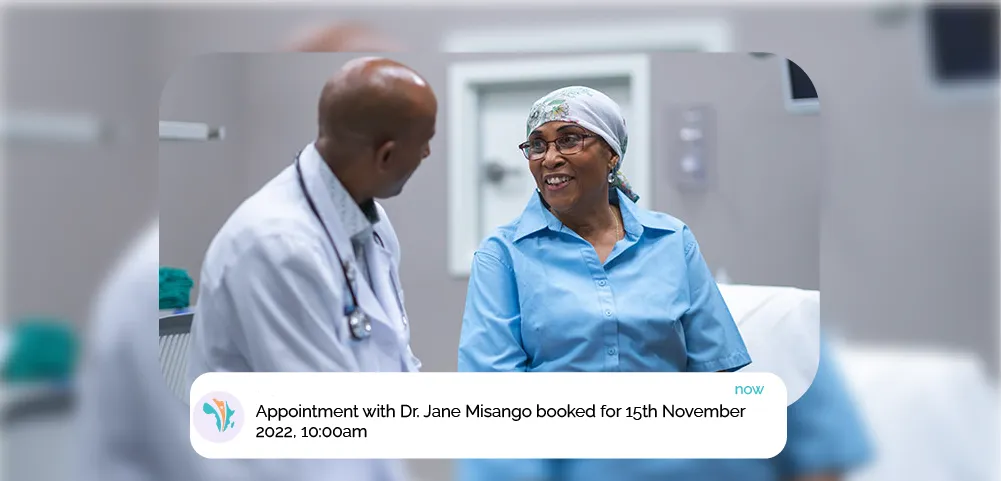From identifying that mysterious lump to knowing the stages and types of breast cancer, we are breaking it all down in a way that is easy to grasp. Ready to become your own best advocate in health? Let’s dive in.
1. Breast cancer: What is it?
It is a type of cancer that starts in the breast tissue and is characterised by uncontrolled cell growth. Most often, it starts in milk ducts or glandular lobules.
Unlike non-cancerous lumps, breast cancer can affect surrounding tissues and spread to other organs, including the lungs, brain, skin, bones and liver- a process called metastasis.
Read: Early Signs and Symptoms of Breast Cancer
2. What Does a Breast Cancer Lump Feel Like?

If you are doing a self-exam, you might wonder what to look for. A breast cancer lump often feels like a hard, immovable mass within your breast tissue.
a) Texture- Unlike a non-cancerous lump, which is round and smooth, a cancerous lump is hard and might have an irregular shape.
b) Location- It can appear anywhere in the breast and is discovered during a self-exam, ultra-sound or mammogram.
c) Sensation- Most breast cancer lumps are painless, although some may experience discomfort or tenderness.
3. What is the Difference Between a Cancerous and a Non-Cancerous Breast Lump?
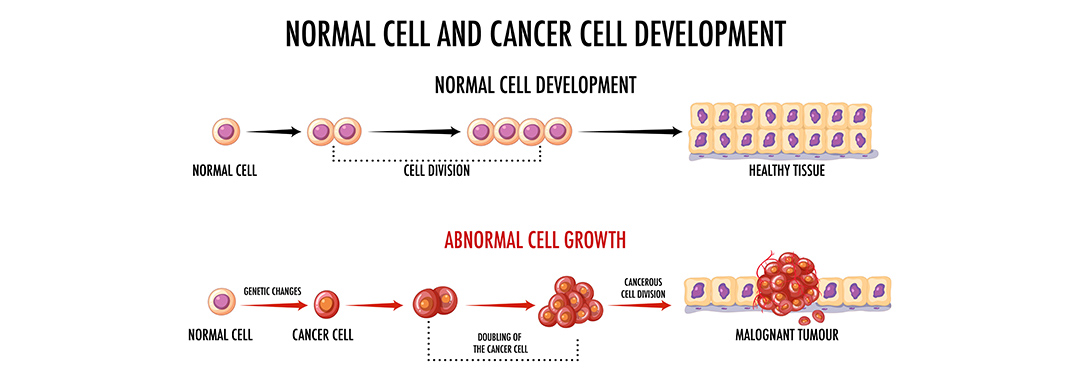
While both types of lumps can cause similar symptoms, their nature and implications differ.
a) Benign lumps are non-cancerous and grow slowly, remaining confined to where they started. Malignant lumps are cancerous and spread to other parts of the body.
b) Under microscopic examination, non-cancerous cells look normal, whereas cancerous cells display irregularities.
c) Non-cancerous lumps often require monitoring but may not necessitate immediate treatment.
Cancerous lumps require prompt treatment, usually involving surgery, chemotherapy, radiation or hormone therapy.
Book a Consultation for a Second Medical Opinion
4. What Are the Stages of Breast Cancer? A Detailed Explanation
Understanding the stage of your breast cancer is like having a roadmap for your treatment journey.
It tells you how far the cancer has spread and helps your healthcare team pinpoint your most effective treatment options.
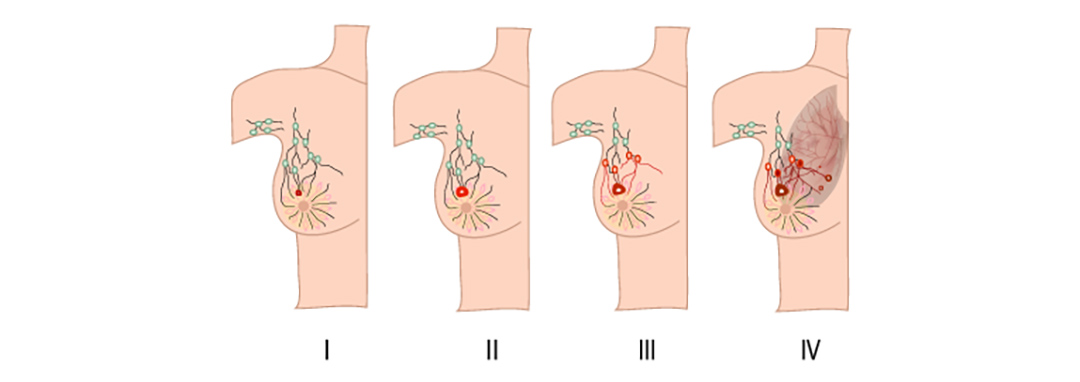
a) Stage 0 (Carcinoma In Situ): At this stage, the cancer is confined to the area it originated, such as a milk duct or lobule, and has not gone to the surrounding tissues.
b) Stage I: This is an early stage where the tumour is up to 2 cm and has not spread to the lymph nodes or other parts of the body.
c) Stage II: The tumour may be larger (up to 5 cm) and may have spread to a few nearby lymph nodes but not to distant body parts.
d) Stage III: Known as locally advanced cancer, the tumour is larger than 5 cm and has spread to several nearby lymph nodes or other local tissues.
e) Stage IV: This is metastatic breast cancer, which has spread to other body parts, such as the lungs, liver, or bones.
5. How Can I Lower My Risk of Getting Breast Cancer?
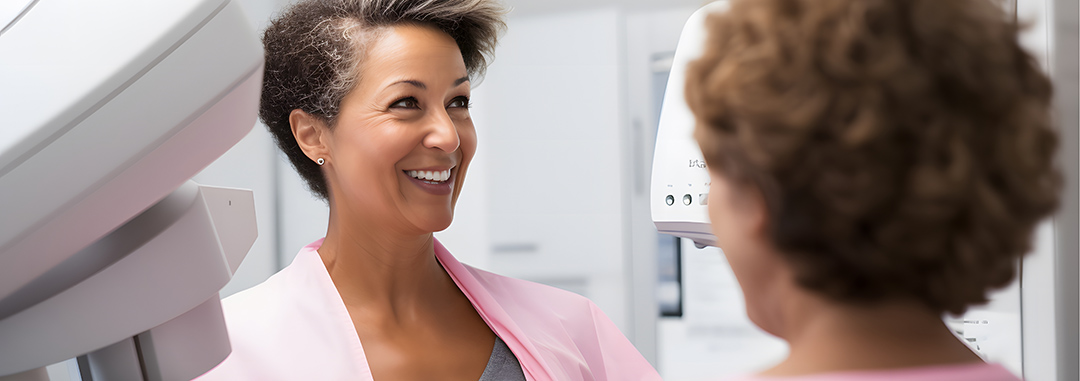
While some risk factors like age and genetics are beyond your control, there are actionable steps that can be taken:
a) Lifestyle Changes- Adopting a balanced diet rich in fruits and vegetables, regular physical activity, and maintaining a healthy weight can contribute to lowering breast cancer risk.
b) Screening- Regular screenings, such as breast ultrasound and mammograms, can detect early signs of breast cancer, improving the chances of successful treatment.
c) Limit Alcohol and Avoid Smoking- Excessive alcohol consumption and smoking are associated with an increased risk of breast cancer.
d) Hormone Replacement Therapy- If you are considering hormone replacement therapy (HRT), discuss the risks with your doctor, as some forms of HRT are linked to increased breast cancer risk.
6. What Are the Side Effects of Breast Cancer Treatment Options?
Breast cancer treatment often involves a combination of therapies, each with its own set of potential side effects. Being aware of these can help patients prepare and manage them more effectively.
a) Chemotherapy - Common side effects include nausea, vomiting, hair loss, and fatigue. Some chemotherapy drugs may also cause neuropathy or tingling in the hands and feet.
b) Radiation Therapy - Typical side effects are skin irritation and fatigue. Long-term effects may include changes to the texture and appearance of the skin.
c) Hormone Therapy - This can lead to hot flashes, mood swings, and an increased risk of blood clots.
d) Targeted Therapy - Side effects may include skin rashes, diarrhoea, and elevated liver enzymes.
e) Surgery - Post-surgical side effects can include pain, swelling, and risk of infection.
7. What Are the Different Types of Breast Cancer?

Breast cancer comes in various types, each with its characteristics, treatment options, and prognoses.
a) Ductal Carcinoma In Situ (DCIS): This is a non-invasive form of breast cancer where abnormal cells are found in the lining of a milk duct but have not spread outside the duct.
b) Invasive Ductal Carcinoma (IDC): The most common type of breast cancer, IDC starts in a milk duct and invades the surrounding tissues.
c) Invasive Lobular Carcinoma (ILC): This type starts in the milk-producing glands, known as lobules, and can spread to other body parts.
d) Triple-Negative Breast Cancer: This is a less common but more aggressive type of breast cancer that does not have the three common types of receptors known to fuel most breast cancers.
e) HER2-Positive Breast Cancer: This type has a high protein called HER2, which promotes cancer cell growth.
Explore treatment options from our large network of hospitals
8. What is the Survival Rate for Breast Cancer?
Survival rates for breast cancer can vary based on the stage at diagnosis, the type of breast cancer, and the patient's overall health.
However, it's important to note that survival rates are statistical averages and not predictive of individual outcomes.
a) Early Stages- For early-stage breast cancers (Stage 0 and Stage I), the 5-year survival rate is close to 100%, highlighting the importance of early detection.
b) Intermediate Stages- For Stage II and Stage III, the 5-year survival rates are generally above 70%, although this can vary based on the specific type and aggressiveness of the cancer.
c) Advanced Stage- For Stage IV or metastatic breast cancer, the 5-year survival rate is significantly lower, but advancements in treatment are improving these statistics at greater length.
d)Type-Specific Rates- Some types of breast cancer, like triple-negative and HER2-positive, have different survival rates due to their unique characteristics and treatment challenges.
9. Can Breast Cancer Be Cured?
The term "cure" is often used cautiously in the context of cancer, including breast cancer. The possibility of a cure is closely related to the stage at which the cancer is diagnosed and the effectiveness of the treatment administered.
a) Early Stages- In the early stages (Stage 0 and Stage I), breast cancer is often completely removable through surgery, followed by additional treatments like radiation or hormone therapy to minimise risk of recurrence.
b) Intermediate Stages- For Stage II and Stage III, the aim is usually to remove the cancer and prevent its spread, but the term "cure" is less frequently used due to a higher risk of recurrence.
c) Advanced Stage- In the case of Stage IV or metastatic breast cancer, the focus is generally on managing symptoms and controlling the spread of cancer rather than achieving a cure.
d) Treatment Protocols- The treatment plan, which may include surgery, chemotherapy, radiation, and targeted therapies, plays a significant role in determining the likelihood of a cure.
10. Which Age is at Most Risk of Getting Breast Cancer?
The risk of developing breast cancer increases with age, but it is important to note that breast cancer can occur at any age.
Understanding the age-related risk can help in targeted screening and prevention strategies.
a) Over 50- The majority of breast cancers are diagnosed in women over the age of 50. For this age group, regular screenings are strongly recommended.
b) Younger Women- While less common, breast cancer can also occur in younger women. In these cases, the cancer is often more aggressive and may require more intensive treatment.
c) Men- Although rare, men can also develop breast cancer, usually at an older age, often above 60.
d) Family History- Individuals with a family history of breast cancer may be at higher risk and should consult healthcare providers about earlier and more frequent screenings.
11. Which Doctor Specialises in Treating Breast Cancer?

The treatment of breast cancer is usually a collaborative effort involving a team of healthcare specialists. Each specialist plays a unique role in the patient's diagnosis, treatment planning, and ongoing care.
Medical Oncologist - Specialises in treating cancer with medications such as chemotherapy, hormone therapy, and targeted therapies.
Surgical Oncologist - Focuses on the surgical removal of tumours and may perform procedures like lumpectomies or mastectomies.
Radiation Oncologist - Specialises in treating cancer with radiation therapy, which may be used before or after surgery to target any remaining cancer cells.
Other Specialists - Depending on the case, specialists like pathologists, radiologists, and reconstructive surgeons may also be involved in the treatment process.
Book a consultation with an oncologist
Conclusion
As we wrap up this comprehensive guide, we hope you have found the answers to some of the most pressing questions about breast cancer.
Being informed is the first step in taking control, whether you are concerned about symptoms, curious about treatment options, or simply looking to educate yourself.
Remember, early detection and prompt medical attention can make all the difference. So, keep the dialogue open with your healthcare provider and never underestimate the value of regular screenings.


